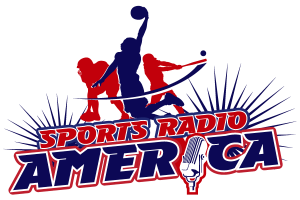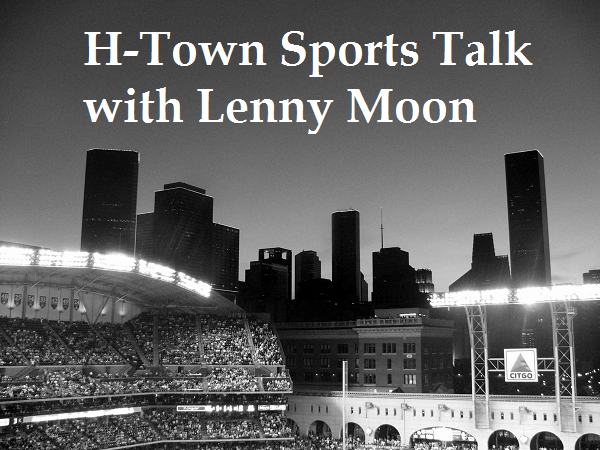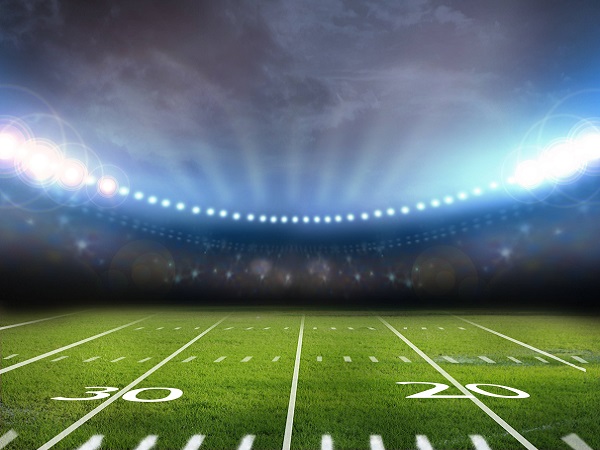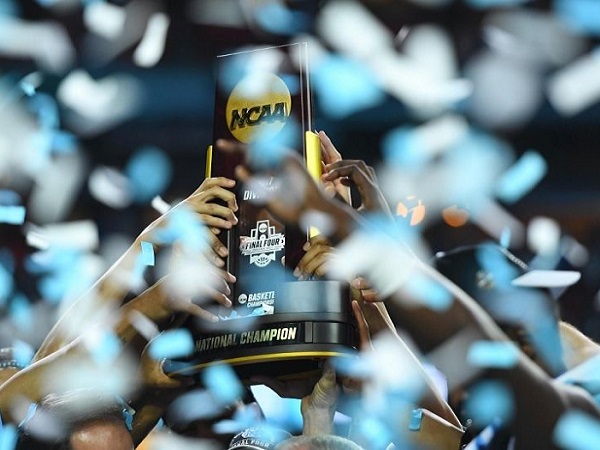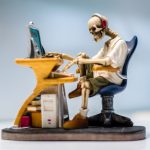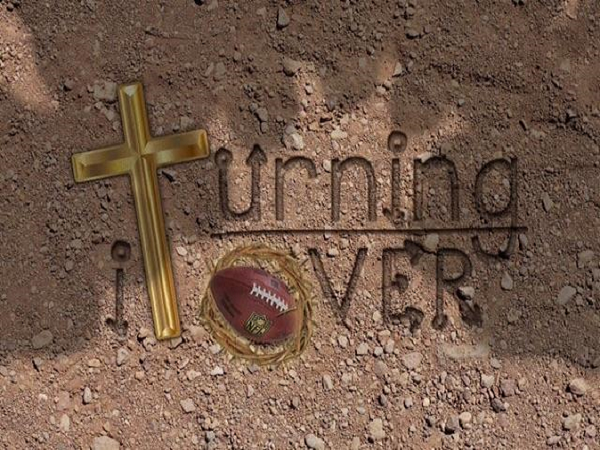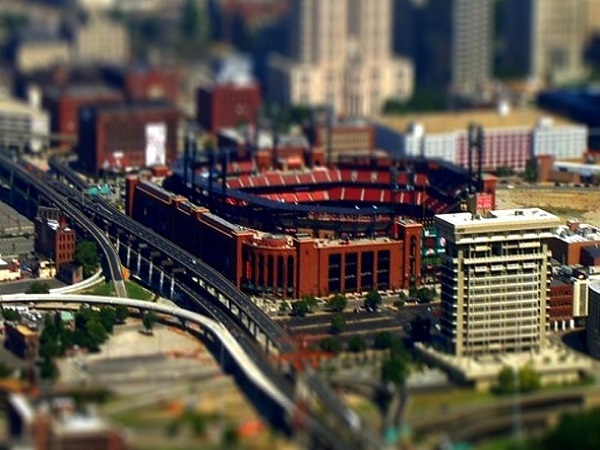In the state-led and NCAA-sanctioned move to have athletes in college and now potentially high school athletes (pursuant to state law and local conference regulations) profit from their name, image, and likeness (NIL), or in other words, their rights of publicity and intellectual property, it has created an entirely new market for doing business in entertainment, media, sports. The market consists of social media platforms, brands, and newly created applications, platforms, and companies with the purpose of managing athlete NIL and providing education about the same. Where technology and new companies are entering the NIL space who can potentially handle many management responsibilities, the question becomes what happens to the roles of existing universities, athletic conferences, agents, and agencies in the player representation and education business?
On the one hand, many universities have teamed up with companies and platforms to provide education and options for NIL platform management. Some state laws and individual university policies will be stricter than others by comparison, but university-led platforms will provide a team-led and managed approach to college athlete NIL. Altius Sports Partners is an example of this model of partnering with universities to work with athletes to manage, grow, and educate about athlete NIL in policy, branding, finance, and relationships.
In another approach (or possibly a complimentary approach), companies like Opendorse (a technology company) have built a platform to help organize and maintain data and relationships—essential to NIL success. Think Salesforce, but for NIL management. Opendorse has teamed up with Twitter to provide the means for NIL management and access, but also and most important, distribution, through partnered brands like Nike, and a built-in audience of followers for video and other NIL on social media for campaigns. The Opendorse model removes the middleman (e.g., agents, agencies, and attorneys) and allows the athlete to go direct to consumer. Complimented with the university-centered model, this model may be the most disruptive when it comes to the previous way of doing business.
Overtime, which also launched the Overtime Elite, a paid high school basketball league, has also teamed with Opendorse. Again, the Opendorse strategy is to bring in built-in alignment, resources, and audiences. With the Twitter partnership, it is to find consumers as followers on the social media platform. With the Overtime partnership, it is to find the athletic talent that will use the NIL platform and distribute with brand partners through social media. Opendorse has also teamed up with individual universities to accomplish the same goal. As INFLCR has.
Others still are taking the more entrepreneurial approach and launching individual platforms that are mostly athlete-led endeavors. Even non-fungible tokens (NFT) have a found a home through broadcast partnerships. However, agents, agencies, and attorneys will still see significant work in the NIL arena because people, especially athletes, need good advice and representation to review, negotiate, and dealmake—as do the companies and universities for contracts, policy, and compliance. Platforms, universities, and brands will obviously help athletes grow, and in some ways they have to be successful themselves, but their duty of loyalty is to the underlying company or university not the athlete. Agents, agencies, and attorneys will simply move up the timeline to represent clients earlier in their careers.
What the sports sponsorship and endorsement marketplace is now is one of expansion. Imagine all the college athletes that never made it pro or never equal their collegiate success—now have an opportunity to profit while in possibly their most popular stage. There will always be a market correction (financially and in terms of compliance and regulation), but for now the NIL fleet has left the harbor.
Copyright © 2021. California Sports Lawyer®. All Rights Reserved.
